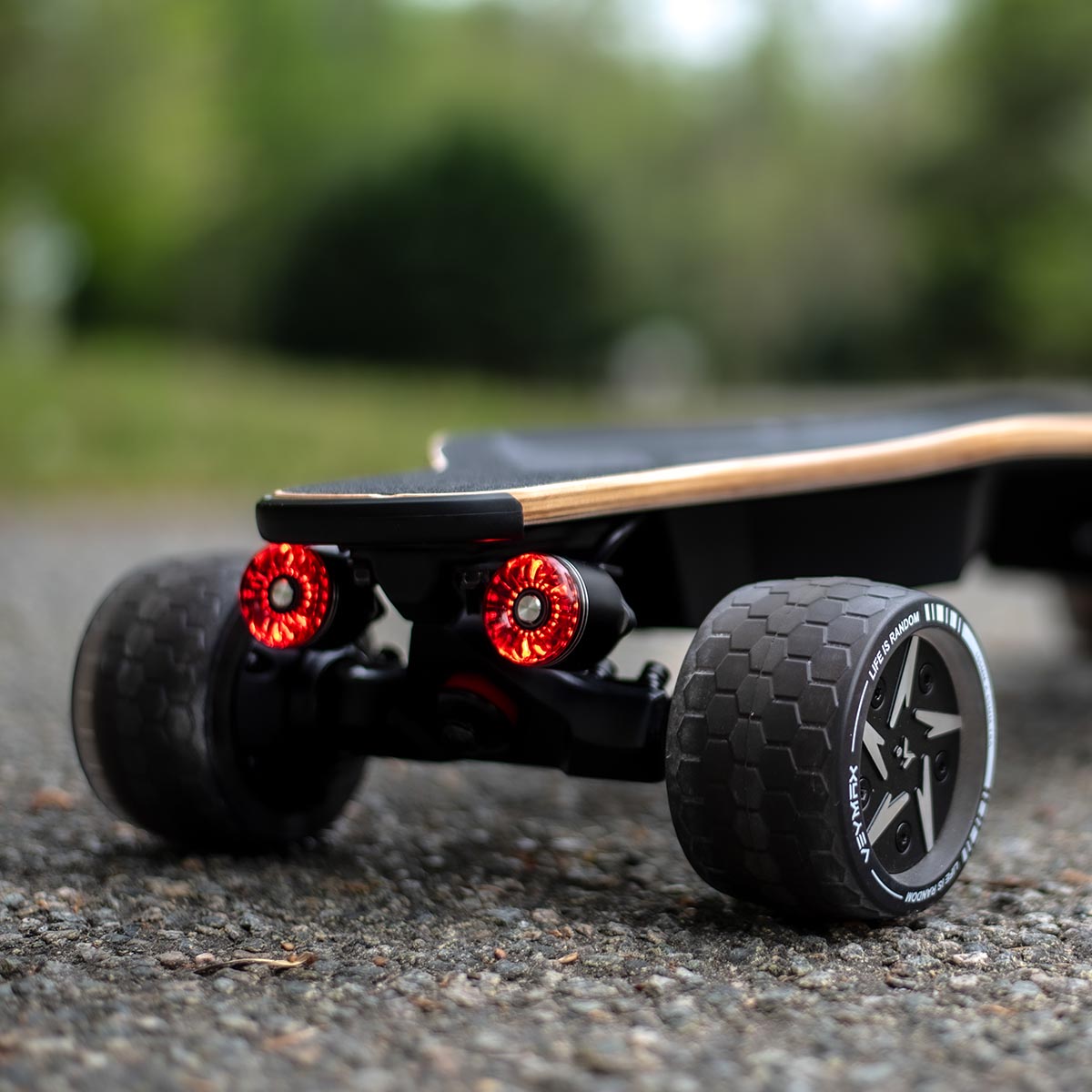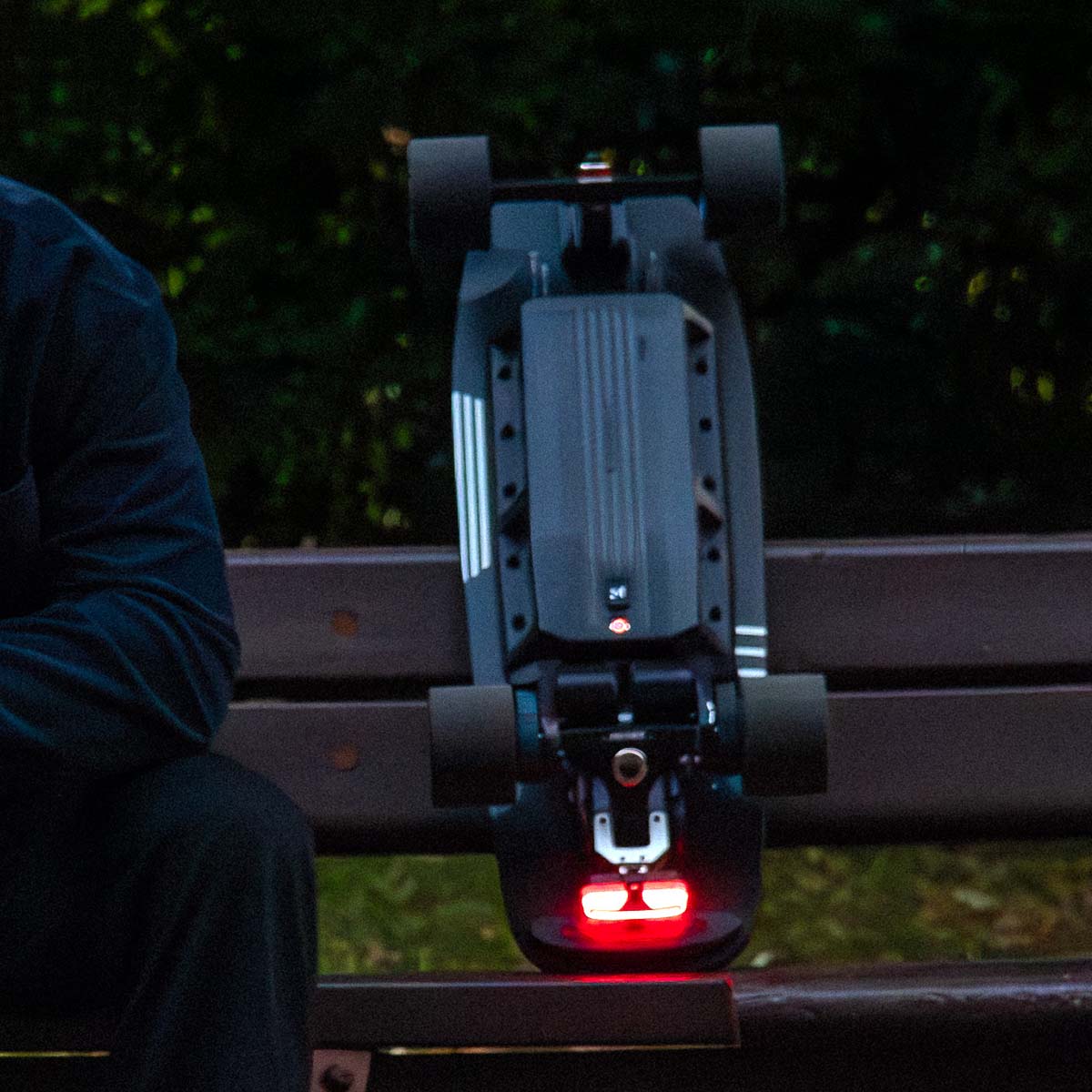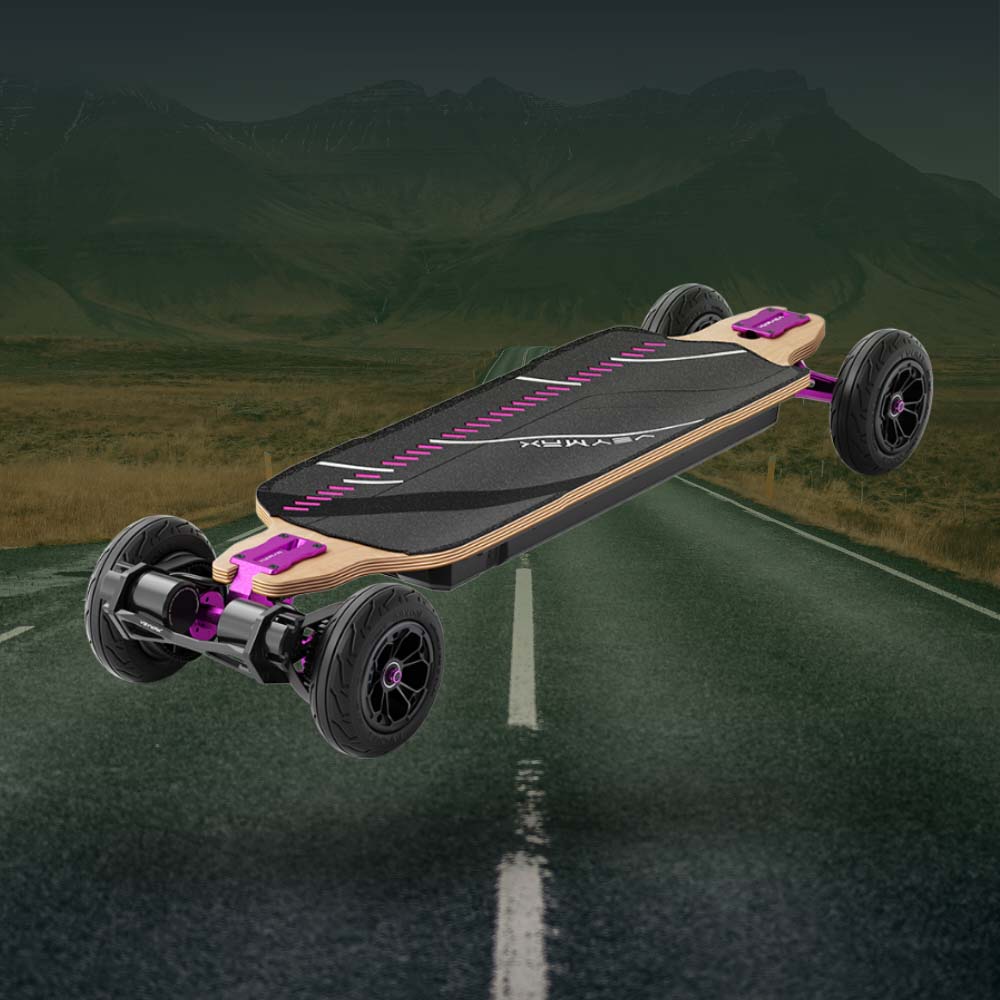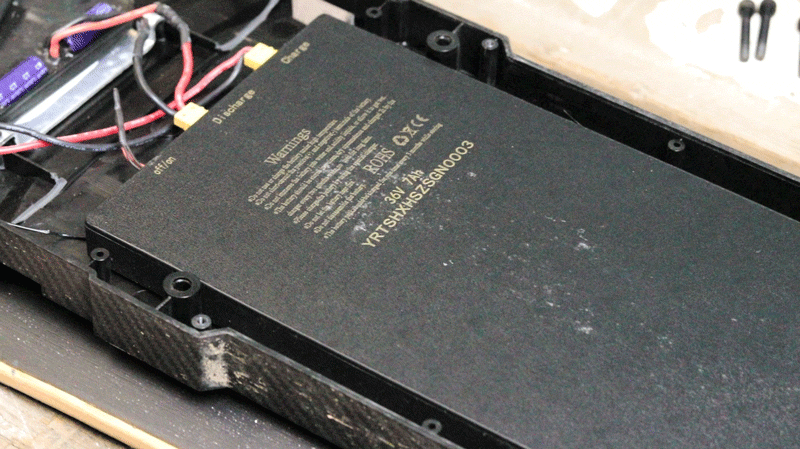The cost of an electric longboard can vary greatly, depending on many factors. Ideally, the average electric skateboard will cost you anywhere between $400 and $2,200. With that said, you can find some extremely cheap models that run at less than $150 and others that may set you back up to $5,000 or more!
To be sure you’re not overpaying, it’s a good idea to understand the pricing model of electric skateboards and the factors that contribute to their cost.
This way you can be certain you’re getting the best value for your money.
So, in this guide, I’ve made it really easy to get your head around what factors you should spend your money on and what things are just for show.
How Much Should Electric Skateboards Cost You?
The price of an electric skateboard depends on several aspects, and as a new product in the market, it’s hard to put all the options available within a solid price range.
For instance, there are some ultra budget electric skateboards that may cost you anywhere between $150 to $300.
On the other hand, there are super high end models that can cost you around $4,000 to a whopping $6,500!
However, the vast majority of electric skateboard models on the market exist within a price range of $400 to $2,200.
For that reason, the best way to estimate the cost of a skateboard is by classifying them according to price ranges like the following:
- Ultra budget electric skateboards: $150 to $299
- Standard beginner electric skateboards: $300 to $799
- Intermediate level (mid-tier) electric skateboards: $800 to $1499
- High end electric skateboards: $1500 to $2,000
- Premium skateboards: over $2,000
Factors That May Affect the Price of an Electric Skateboard
As you can see, there’s a huge variation in the price of an electric skateboard, which is bound by several factors.
In this section, we’ll take a closer look at some of them to give you a fuller picture of that price gap:
Battery Pack and Range
The battery is the beating heart of an electric skateboard and is arguably the most critical part of the unit.
Not only that, but like most electric transporters out there, such as Tesla cars, it’s the most expensive part too!
In fact, the revolutionary technology of lithium ion batteries is one of the main factors behind making electric cars, scooters, and boards possible!
The variation between battery packs used in electric skateboards has a massive impact on the price. Advanced ones that include more cells and have higher capacity will become more expensive.
For example, an electric skateboard that has a low capacity battery (150 to 200-watt hour), will offer a range of 10 to 12 miles per charge. These electric skateboards will typically cost you less than $500.
On the other hand, a high end electric skateboard with a 1,100 watt-hour battery will offer a range of 40+ miles. Such a model will cost you over $2,000.
Keep in mind that high capacity batteries are usually found in luxury units that also include high end parts and features, which is why they’re usually several times more expensive.

Motor
The motor is usually the second most valuable part after the battery, and as previously mentioned, high end batteries are usually coupled with powerful motors too.
The more powerful the motor, the faster the skateboard can go. In most cases, electric skateboards will have two motors under the board, one for each of the rear wheels, but luxury or specialised options may fit 4 motors, one for every wheel.
Besides using expensive materials like copper, the technology used while making motors also impact its price.
Motors with higher torque are usually found in all-terrain e-boards, which explains their exceptionally high price.
An average $400 to $800 electric skateboard will usually offer a dual motor of around 500 watts with top speeds of 20 to 30 mph.
On the other hand, a luxury $2,000+ e-board with a 2 x 3,500 watt motor will offer a top speed of 30+ mph and a much higher torque to climb steep surfaces.

Quality of Materials Used
In addition to batteries and motors, the deck, trucks, and wheels of the skateboard can still affect the price. For instance, the deck of an e-board is usually made of one of the following materials:
- Wood
- Fiberglass
- Carbon fiber
- Epoxy resin (composite)
- Polypropylene
- Kevlar
While wood remains the most commonly used material in most average priced electric skateboards, it’s still relatively heavy when compared to other materials.
For that reason, luxury skateboards will use these materials in manufacturing the deck to improve the deck’s speed and range, although it may cost a bit more.
Warranty and Post-Sale Services
Warranty and post-sale services and maintenance is a well established standard in many industries. It’s also one of the major aspects that you should keep in mind while buying many products.
Unlike regular skateboards, the electric skateboard has more components that are bound to malfunction and need replacement with time.
For example, most lithium ion batteries are set to sustain 300 to 1,000 charging cycles. After that, you may need a new battery pack. If you include a full warranty on an electric skateboard, it’ll include the replacement of the battery.
To establish a warranty and good support, the company also needs to hire a team of professional experts and knowledgeable customer service teams that are available around the clock.
Additionally, as a new product that hasn’t been tested for years, quality control issues are going to be more frequent, causing more losses.
Based on these examples, you can see how costly a warranty can be for a small company. Since electric skateboards that offer a decent warranty are taking a massive financial risk, they’re usually more expensive to cover these charges.
The current industry standard for warranties among e-boards ranges from 6 to 12 months.

Manufacturing Country and Shipping Costs
Depending on the manufacturing country of the skateboard, its cost will vary significantly. Companies from countries with high living standards pay higher wages, taxes, and fees, and therefore, their products are usually quite expensive.
In fact, this is one of the main reasons why electric skateboard brands from Europe and America are generally pricier than others, even if they offer similar levels of quality.
On the other hand, Asian industrial countries like China pay lower wages and taxes, which allows them to sell their products at a competitive price.
The same also applies to shipping fees, whether it’s while importing parts or shipping the manufactured skateboards. Since most e-board parts are originally made in Asia, sourcing and shipping don’t add much to the final price of the skateboard.
Level of Supply and Demand
Like all electric transporters, e-skateboards are still in their infancy stage as a market. At such a scale, manufacturers aren’t capable of expanding their supply chains to meet the niche demand.
On the flip side, the demand for electric skateboards, in general, isn’t high enough to encourage more manufacturers with better supply chains to enter the market.
For that reason, the market remains limited in options, as there are around 50 to 100 models of electric skateboards versus hundreds or even thousands of regular skateboard models.
Since most electric skateboard manufacturers are relatively small companies, they mainly focus on making high end and luxury models in order to generate profit at such a low production volume.
These profits can then help manufacturers to grow their industry and scale up their production to make e-boards at lower costs. The variation in economy scale between manufacturers is one of the main reasons why some brands are much more expensive than others.





Leave a comment
This site is protected by hCaptcha and the hCaptcha Privacy Policy and Terms of Service apply.